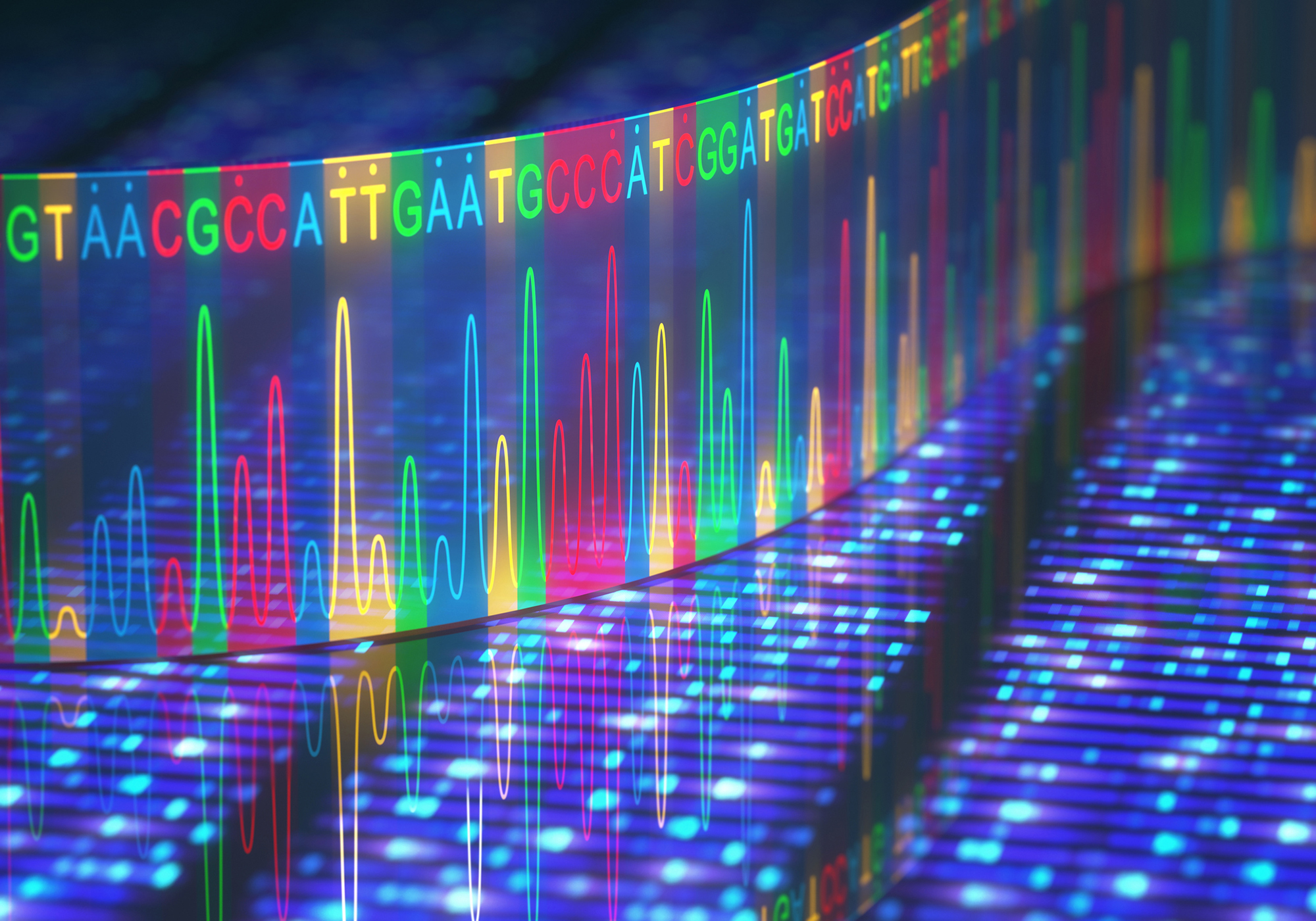COURSE OBJECTIVES:
COURSE OUTCOMES:
Students will be able to
CO1: Discuss comparative account on oxides, oxyacids and interhalogens compounds of
P- Blockelements.
CO2: Discuss the properties of transition elements with reference to their variable oxidation states and magnetic properties.
CO3: Predict wheather the given halide will undergo SN1 and SN2 reactions.
CO4: Write the mechanism for nucleophilic addition of aldehydes and ketones and be able to predict the products of such reactions.
CO5: ApplyNernst equation for calculating E.M.F of electrolytic cells.
CO6 Explain the process of osmosis and describe how it is applied in nature.
CO7: Identify the stereocenters in a molecule and assign the configuration as R or S.
CO8: Able to conduct neutralization titrations of acid-base.
- Teacher: T NAVYA KUMARI
The objective of course is to help student acquire basic knowledge about Nucleic acids and few biochemical techniques. To enable students understand, design, handle and develop experiments based on the techniques.
Learning Outcomes:
On completion of the course the student will be able to do the following:
CO1. Student will be able to explain basic structural organization of Nucleic
acids (DNA & RNA).
CO2. Understand the properties of nucleotides, how they contribute to
secondary and tertiary structures of nucleic acids at the molecular
level and how torsional states are maintained in cellular DNA.
CO3. Understand and demonstrate how the structure of biomolecules
determines their chemical properties and reactivity.
CO4. Will be able to understand and correlate the things with practicals.
CO5. Would be able to demonstrate the principles behind the
instrumentation.
CO6. Would be able to design experiments based on the properties and
nature of the samples.
CO7. Student can further study on how a DNA is synthesized in body and
how to process samples using different techniques.
CO8. Be knowledgeable in classical laboratory techniques and be able to use
modern instrumentation.

- Teacher: Dr. PRATHYUSHA YAMARTHI
Course Summary
Biochemistry explains in detail about the various bio-chemical reactions taking place in our body systems and also explains the bio molecules involved in these reactions to provide us the metabolic results with energy and other by-products useful for the functioning of the body. The basic concepts of Nucleic acids and their chemical composition help to explain the formation of DNA and RNA. The enzymes and their different reactions make us to understand the basic concepts of IUPAC, characterization and their inhibitions.
The microbiology explains in detail about the various concepts, history, microscopy and various media used in the process of culturing various organisms. The concepts of culturing microorganisms with sterilization and cryopreservation are part of microbiology.
Course Objectives
· To learn the basics of biomolecules, structure, differentiation and their functions
· To learn the role of biomolecules in Enzymes and their role in metabolism.
· To understand the bioenergetics during the metabolism and their byproducts
· To learn the basic concepts and fundamentals of Microbiology
· To understand the principles of various microscopy techniques
· To understand the culturing techniques and identification of microorganisms
Course Outcomes
CO 1: Students will be able to understand about the basics of biomolecules.
CO 2: This would help them to learn about the biomolecules with their differentiations relating to their function in the body.
CO 3: It would help them to differentiate between various biomolecules such as carbohydrate, amino acids, proteins, lipids.
CO 4: Based on the Nucleic acids and their structure with compositions it would help them to understand the concepts of DNA and RNA
CO 5: Based on the different biomolecules they would learn about the enzymes and their role in metabolism.
CO 6: Students would understand the bio chemical reactions involved in the metabolism for the generation of energy and their by-products with their diversification in the human body systems
CO 7: Students will be able to understand the basic principles about microbiology and different principles behind various microscopy techniques. Students will be able to describe the basic structure and characteristics of bacteria, fungi, virus and algae.
CO 8: Students would learn about the culture and identification of microorganisms and also they would learn about sterilization, various media sources, batch and continuous culture, cell cycle and culturing anaerobic bacteria and viruses.
- Teacher: Dr. SRINATH NAGANATHAN